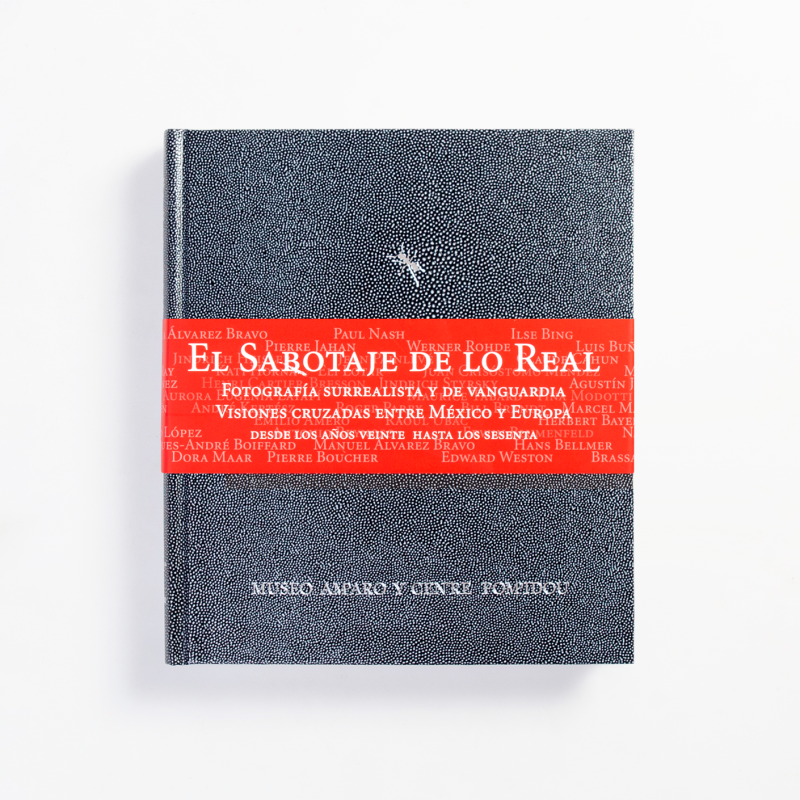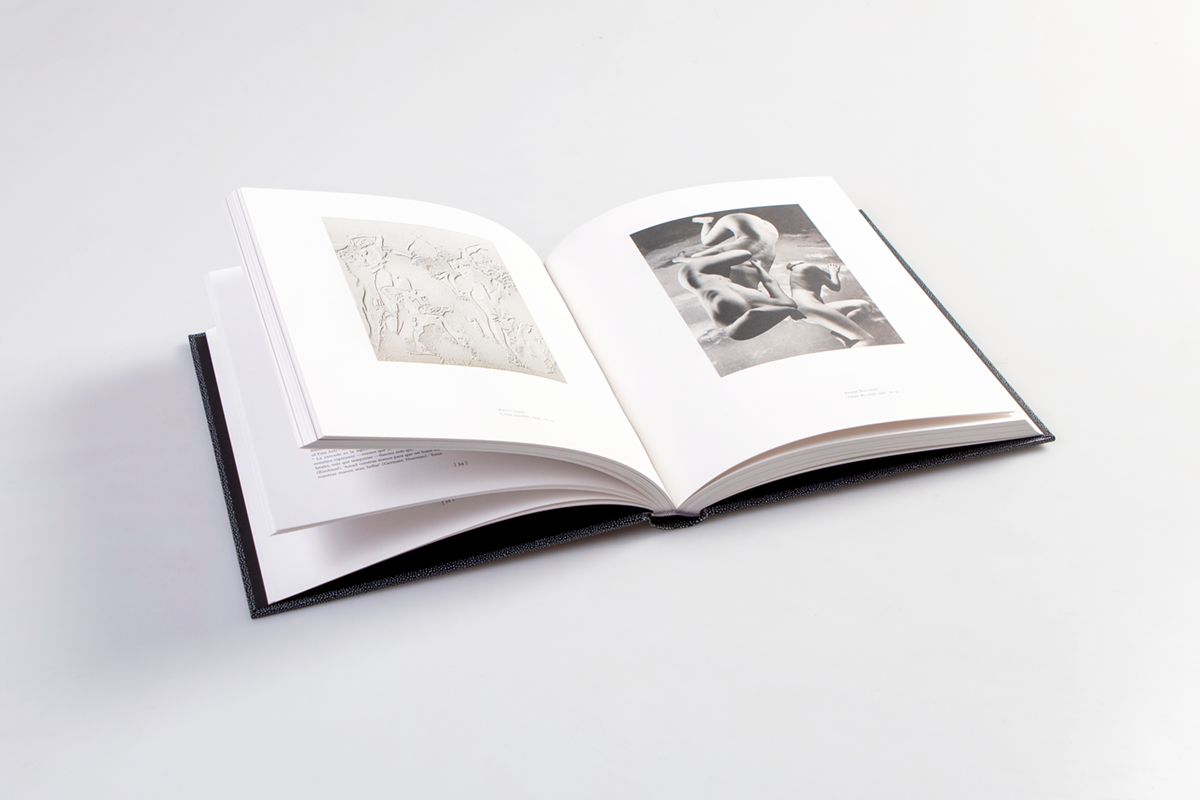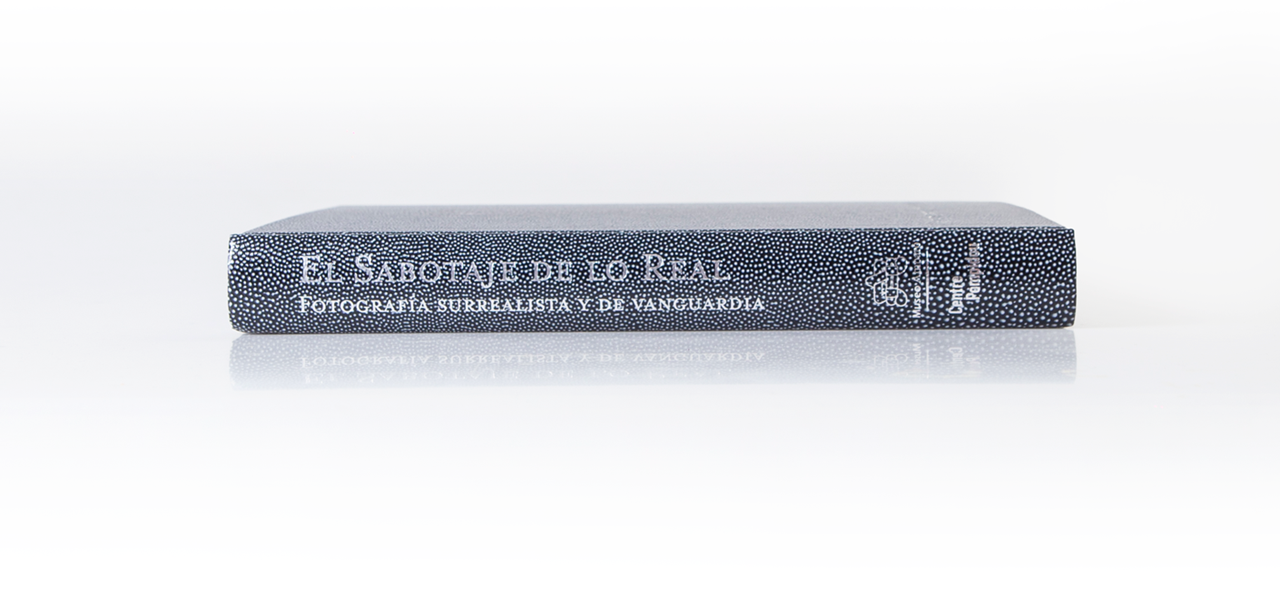







In the 1930s, Mexico became the ideal place for European surrealists to develop their artistic invention, primarily motivated by the visits of Antonin Artaud and André Breton, the father of surrealism, who in 1938 baptized our country as "the place of surrealism par excellence." With this phrase, he referred to the site where the idea of transforming the world and changing life was feasible through artistic creation and revolution. Upon his return to Europe, Breton organized an exhibition dedicated to Mexico at the Renou & Colle Gallery in Paris (1939), including works by Manuel Álvarez Bravo, Frida Kahlo, and José Guadalupe Posada, as well as a series of popular art objects that collectively demonstrated the surrealists' decision to abolish all hierarchy between the products of human creativity, as long as they could discover in them the presence of imagination set free.
Seventy years after Breton's attempt, the Georges Pompidou Center, in collaboration with the Amparo Museum, proposes an open dialogue between images. Rather than focusing on defining the identity or nature of surrealistic photography, the aim is to outline some international connections, propose new encounters, and bring attention to lesser-known figures while emphasizing a "surrealist spirit" that spans from the 1920s to the 1940s in Europe and until the 1960s in Mexico.

